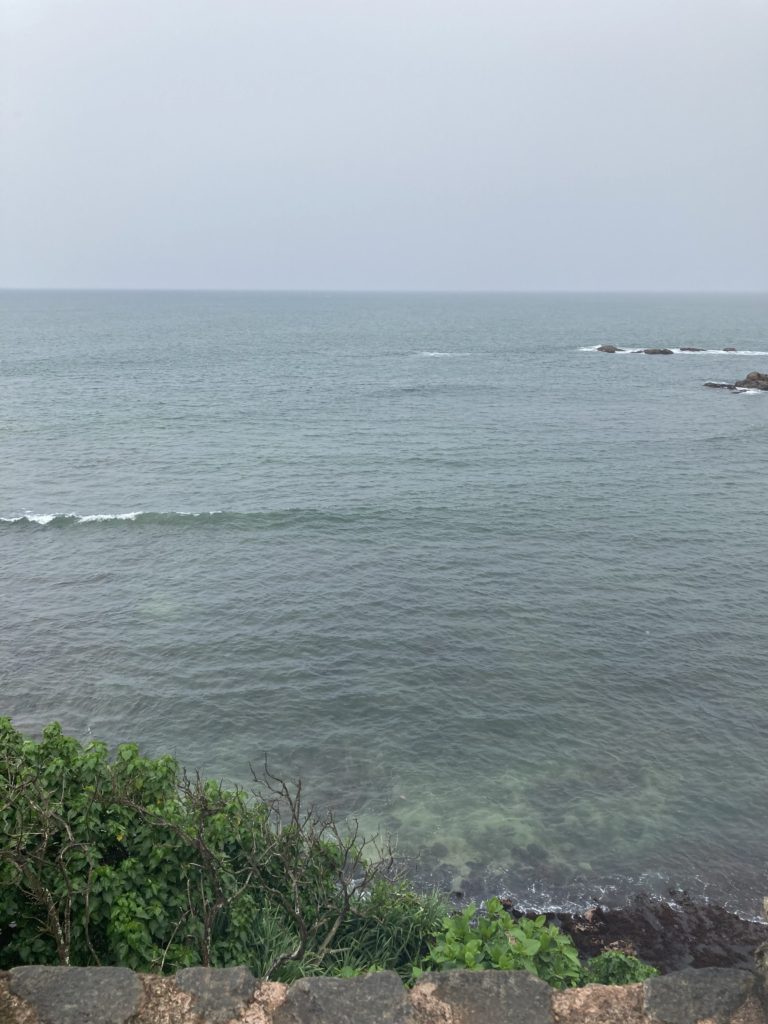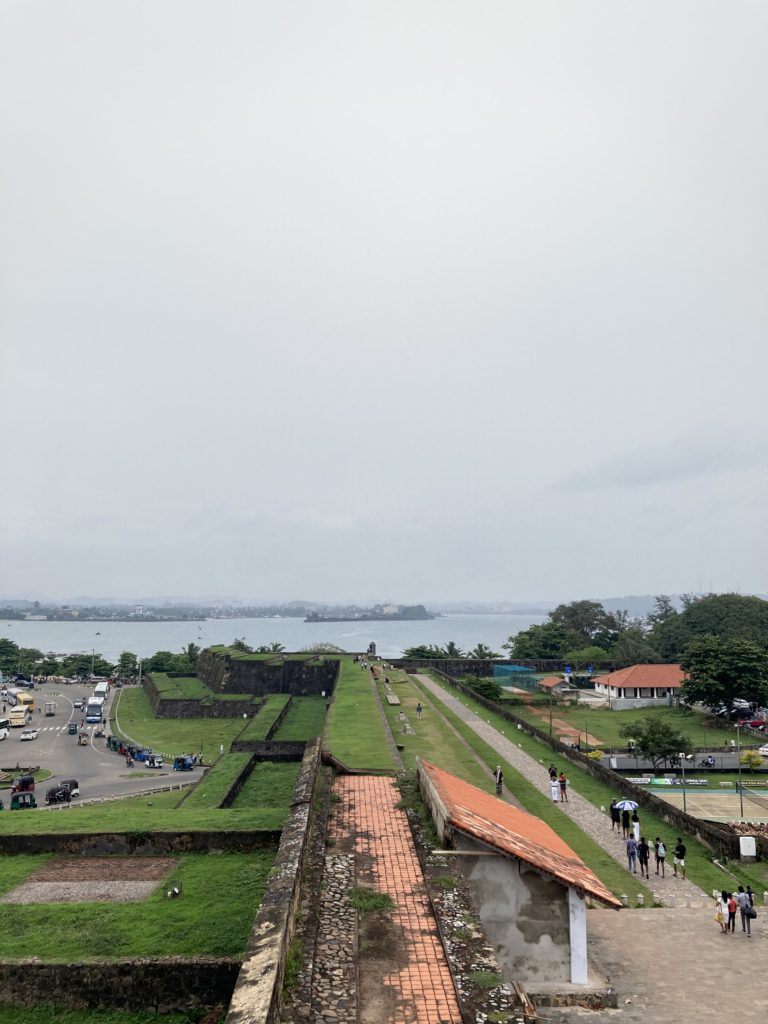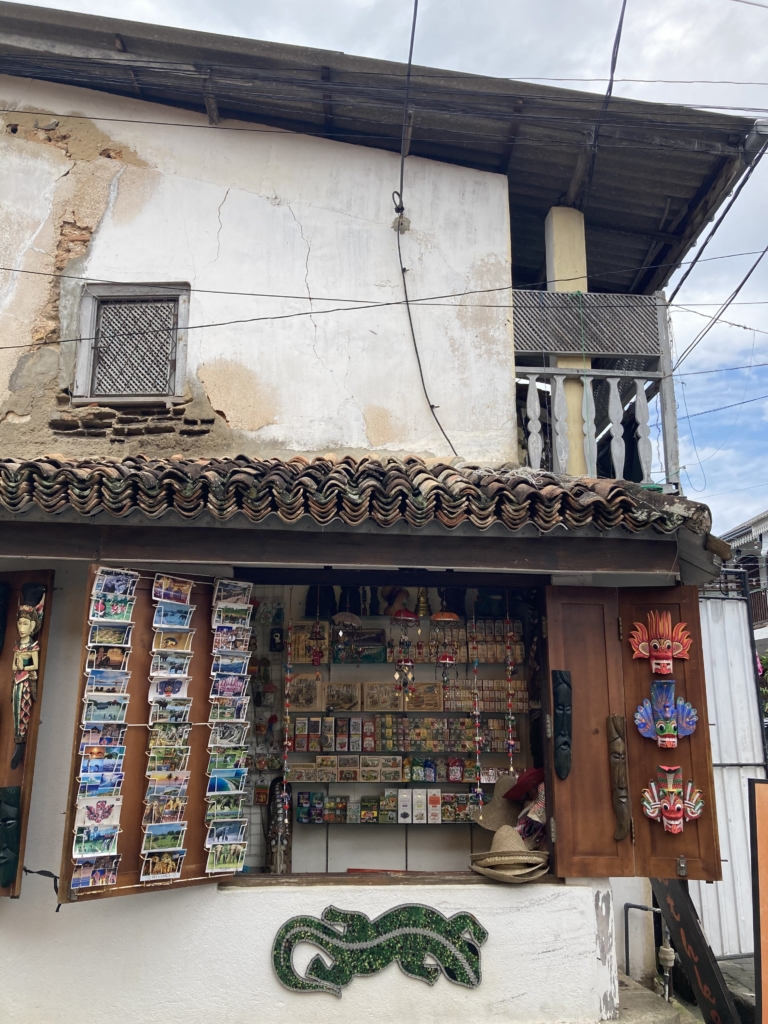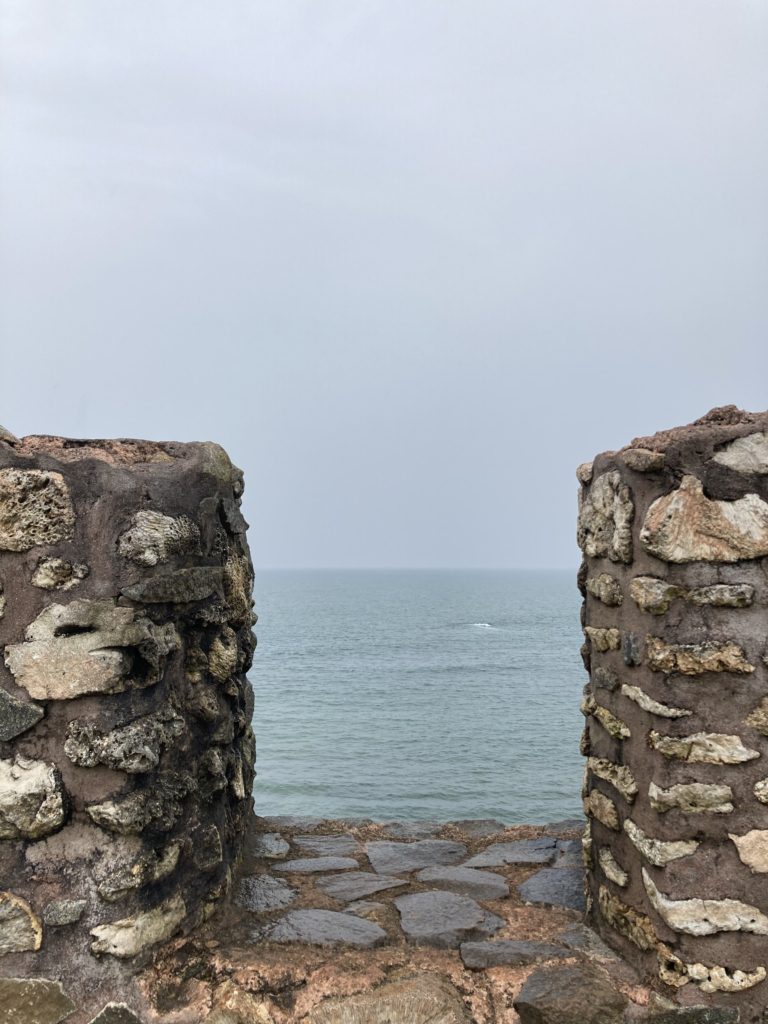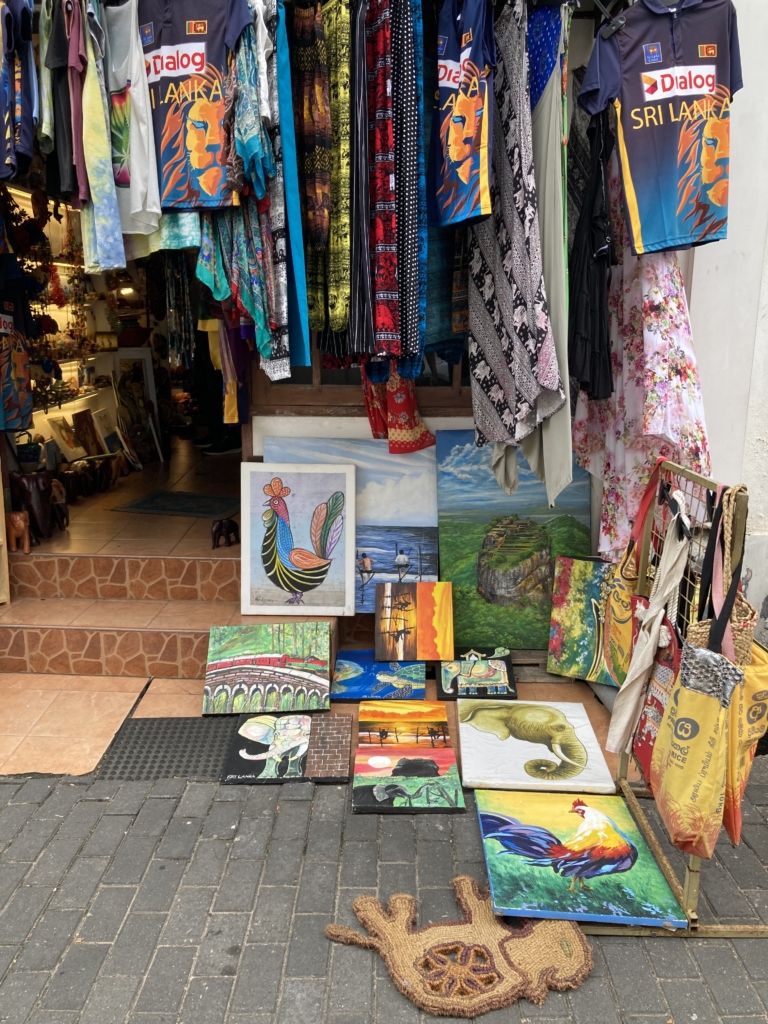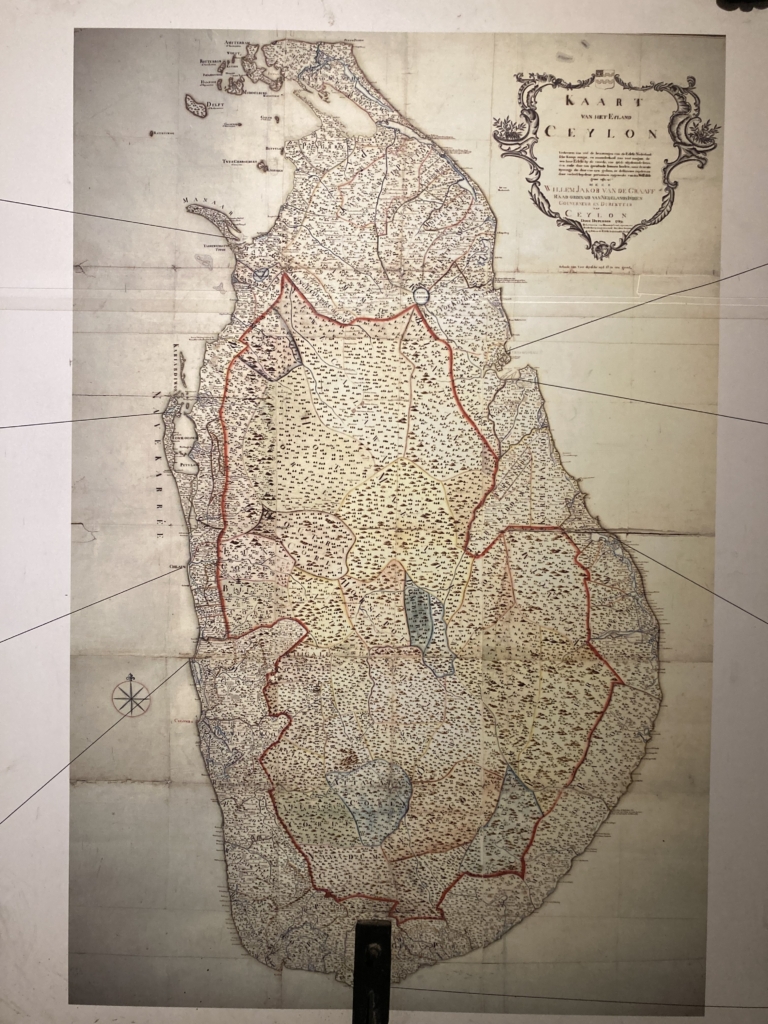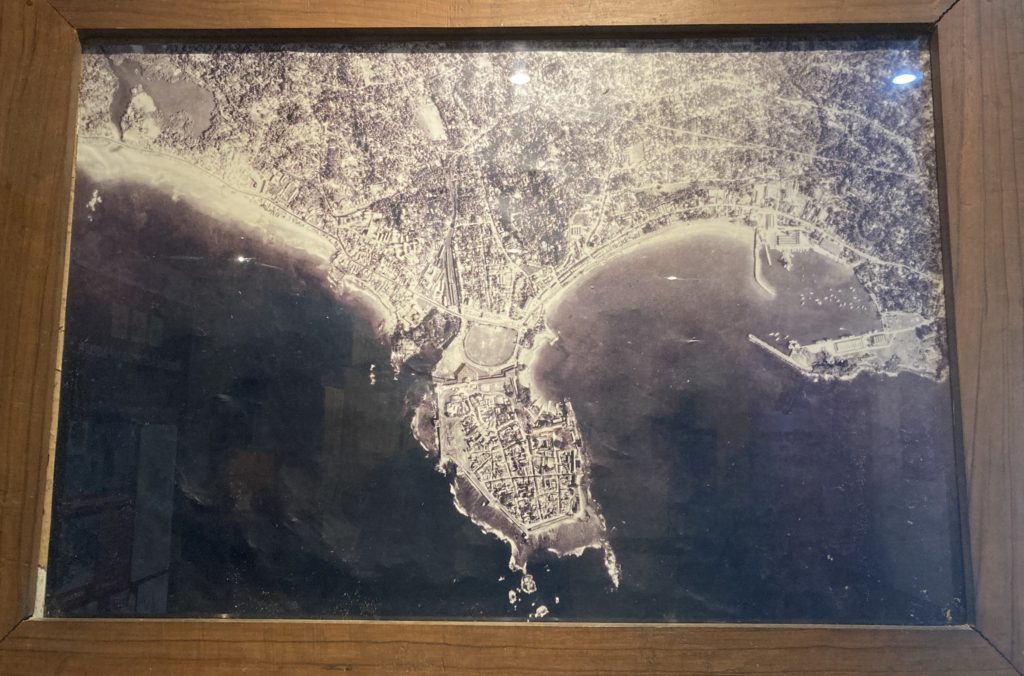Galle Fort : A History-Lover’s Guide to the Coastal Fortress
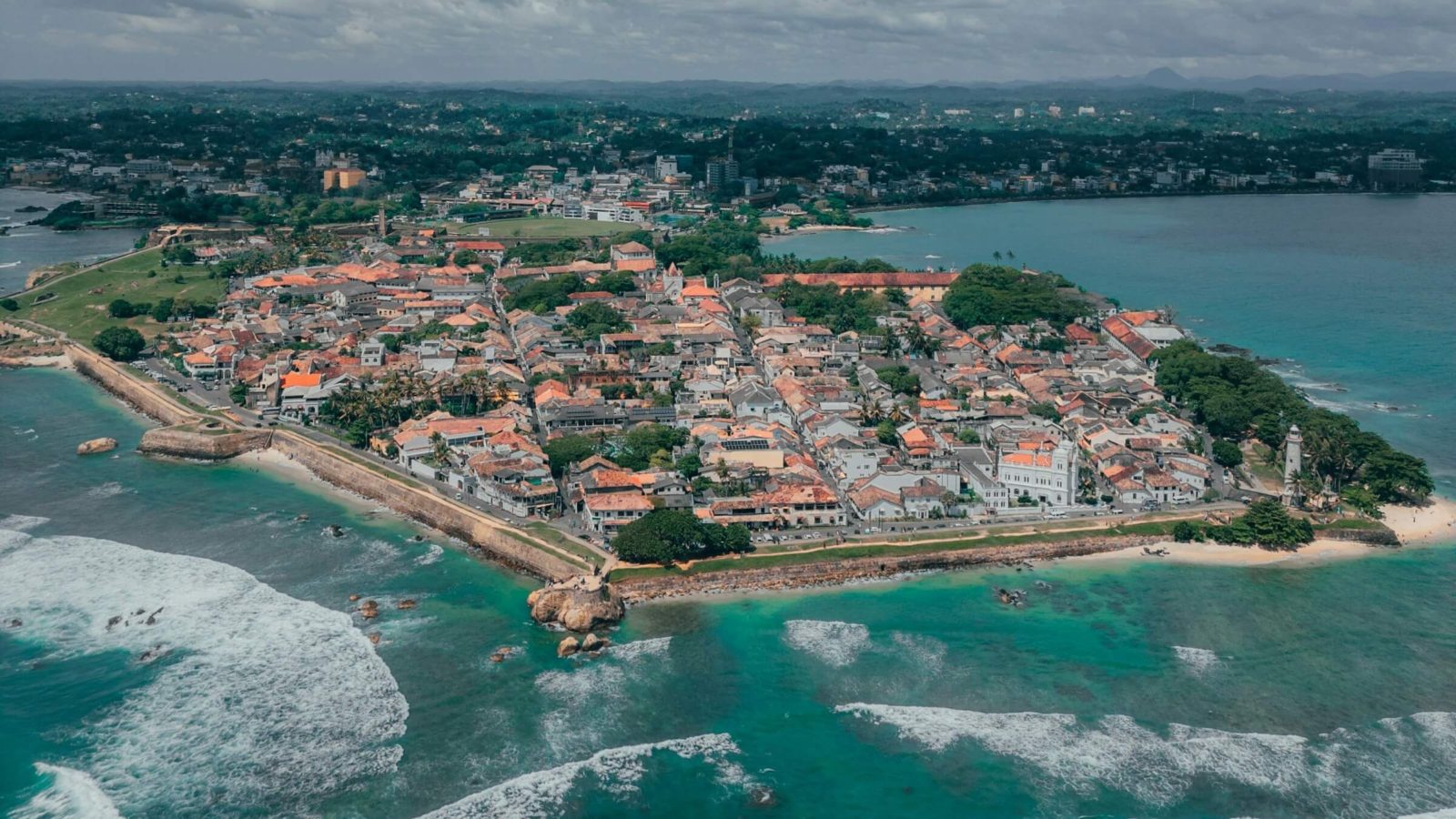
Photo by Sarmat Batagov on Unsplash
Why Go? Stepping into a Living Museum
Imagine a place where the scent of cinnamon still mingles with the salty sea air, and every cobblestone whispers a story. That is Galle Fort, a UNESCO World Heritage site on Sri Lanka’s southwest coast. It’s not just an old structure; it’s a beautifully preserved town still bustling with life!
This is where three European powers—the Portuguese, Dutch, and British—left their distinct marks, building on a port that was a hub for Arab, Greek, and Chinese traders for millennia. The architecture is a stunning blend: sturdy, European-style ramparts enclose streets lined with colonial houses that incorporate local features like cool, high-ceilinged verandas and internal courtyards.
Walking here means brilliant sunshine reflecting off whitewashed walls, the crash of the Indian Ocean against the ramparts, and the sight of local children playing cricket on the green. For anyone who loves history, it’s a time machine you can simply walk into.
The Travel Guide
🗓️ Best Time to Visit
The best time to visit Galle Fort for maximum sunshine and calm seas is during the dry season, which runs from December to April. This is peak season, so expect clear, blue skies perfect for rampart walks and photography.
The weather during the wet season (May to September/October) brings frequent, heavy, but often brief, tropical showers. While this can make the ocean choppy, it transforms the fort: the ancient stones glisten, the courtyards feel extra peaceful, and you’ll find fewer crowds and better hotel deals. Any time you visit, You can expect warm temperatures (around 23°C to 31°C).
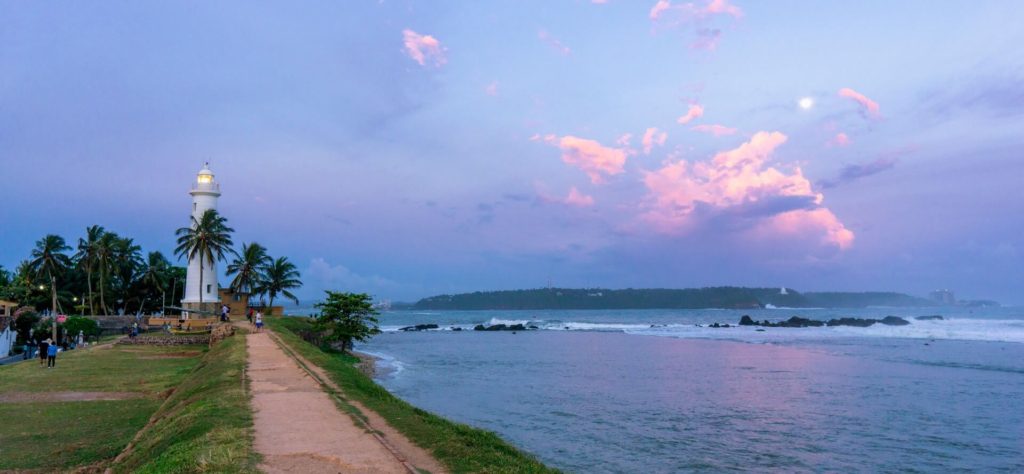
🗺️ What to Do: Must-See Sights and Hidden Histories
1. The Iconic Ramparts Walk
Start your journey by walking the massive stone walls built primarily by the Dutch in the 17th century. Follow them from the Old Gate, with its original British crest, all the way around the peninsula.
- Flag Rock Bastion: Once a point where Portuguese ships signaled, it’s now the most famous sunset spot. Look out for the local cliff divers who perform in the late afternoon for tips—a thrilling, if slightly dangerous, local spectacle.
- Galle Lighthouse (Point Utrecht Bastion): This dazzling white structure, rebuilt in 1939 after a fire, is one of the most photographed spots. It sits next to a small, calm beach section that was historically known as the Ladies’ Bathing Place.
2. Architectural Marvels
The fort is laid out in a logical grid pattern by the Dutch East India Company (VOC). Dive into its prominent historical buildings:
- Dutch Reformed Church (Groote Kerk): Built in 1755, look closely at the floor! You’ll find gravestones of prominent Dutch figures, each a historical archive detailing a life lived and lost under colonial rule.
- The Old Dutch Hospital: This beautifully restored building, once a crucial medical facility, now houses chic restaurants and boutique shops. It’s a great example of history repurposed for modern life.
- Galle National Museum: Housed in a Dutch-era building, the museum showcases fascinating artifacts, including remnants of shipwrecks and objects detailing the fort’s maritime history.
3. Hidden Corners and Cultural Depth
Wander off the main streets to discover quiet residential lanes. You’ll find old houses with their characteristic long verandas and columns, an architectural adaptation by local craftsmen to the hot, tropical climate.
- Stories of Spices and Trading: Galle was built on the spice trade, mainly cinnamon, pepper, and cardamom. Imagine the busy port 300 years ago, filled with the aroma of spices and the bustle of merchants from across the globe. The very layout of the fort was designed to protect the enormous wealth generated by the VOC’s trade.
- The Rooster Legend: One theory of the city’s name is that it comes from the Portuguese word for rooster, galo, supposedly because a rooster crowed when the Portuguese arrived in the 16th century. The Dutch later used the rooster as a symbol for the city. Another, more local, theory is that it comes from the Sinhala word gaala, meaning a place where cattle are herded, nodding to the bullock carts that once brought goods here.
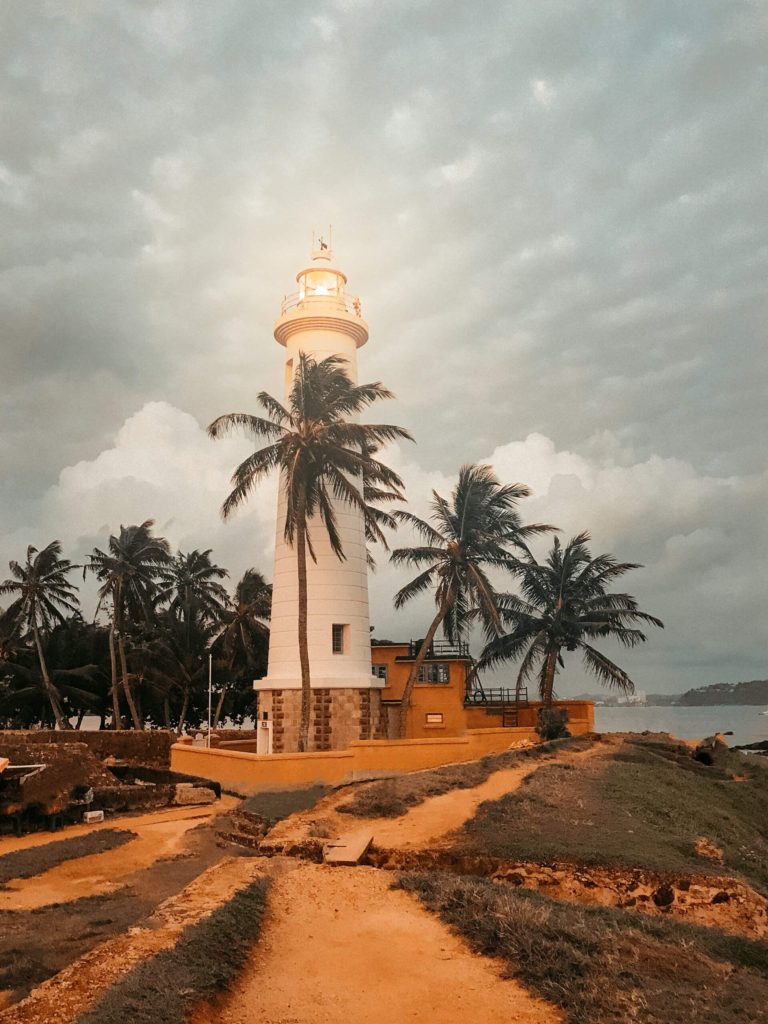
🚶 Getting Around
The best way to experience Galle Fort is on foot. The whole fortified area is small, roughly 52 hectares, and every street is worth exploring.
- On Foot: This is the only way to fully appreciate the architecture and atmosphere. Wear comfortable shoes for the cobblestones!
- Tuk-Tuks: For travel outside the fort walls (like to the train station or nearby beaches), Tuk-Tuks are plentiful and affordable. Always agree on the fare before you start the journey.
- Budget vs. Comfort: Staying inside the Fort is the most atmospheric, offering boutique hotels in preserved colonial buildings. For a lower budget, look for guesthouses just outside the main walls.
💡 Travel Tips
- Safety Advice: The Fort is very safe. As a solo traveler, common-sense vigilance applies. The biggest risk is the tropical sun—carry water and wear a hat, especially when walking the ramparts between 11 AM and 3 PM.
- Connecting with Locals: Sri Lankans are famously friendly. Don’t be shy about striking up a conversation. Locals, who have lived inside the Fort for generations, are often the best source of stories and restaurant tips. Remember to be respectful:
- Dress Modestly when visiting religious sites like churches or mosques. Shoulders and knees should be covered.
- Politeness goes a long way. A smile and a simple “Ayubowan” (a greeting meaning ‘may you live long’) is always appreciated.
- Money: While boutique shops and hotels accept card payments, local cafes, small vendors, and Tuk-Tuk drivers prefer cash (Sri Lankan Rupees).

Your Journey Awaits Beyond the Walls
Galle Fort is a truly unique place where the past isn’t just displayed in a museum—it’s woven into the fabric of daily life. The strength of the Dutch ramparts, the elegance of the Portuguese and British architecture, and the warmth of the Sri Lankan people come together to create an unforgettable destination. It’s a place that teaches you about history not from a textbook, but from the ground up, with every footstep.
